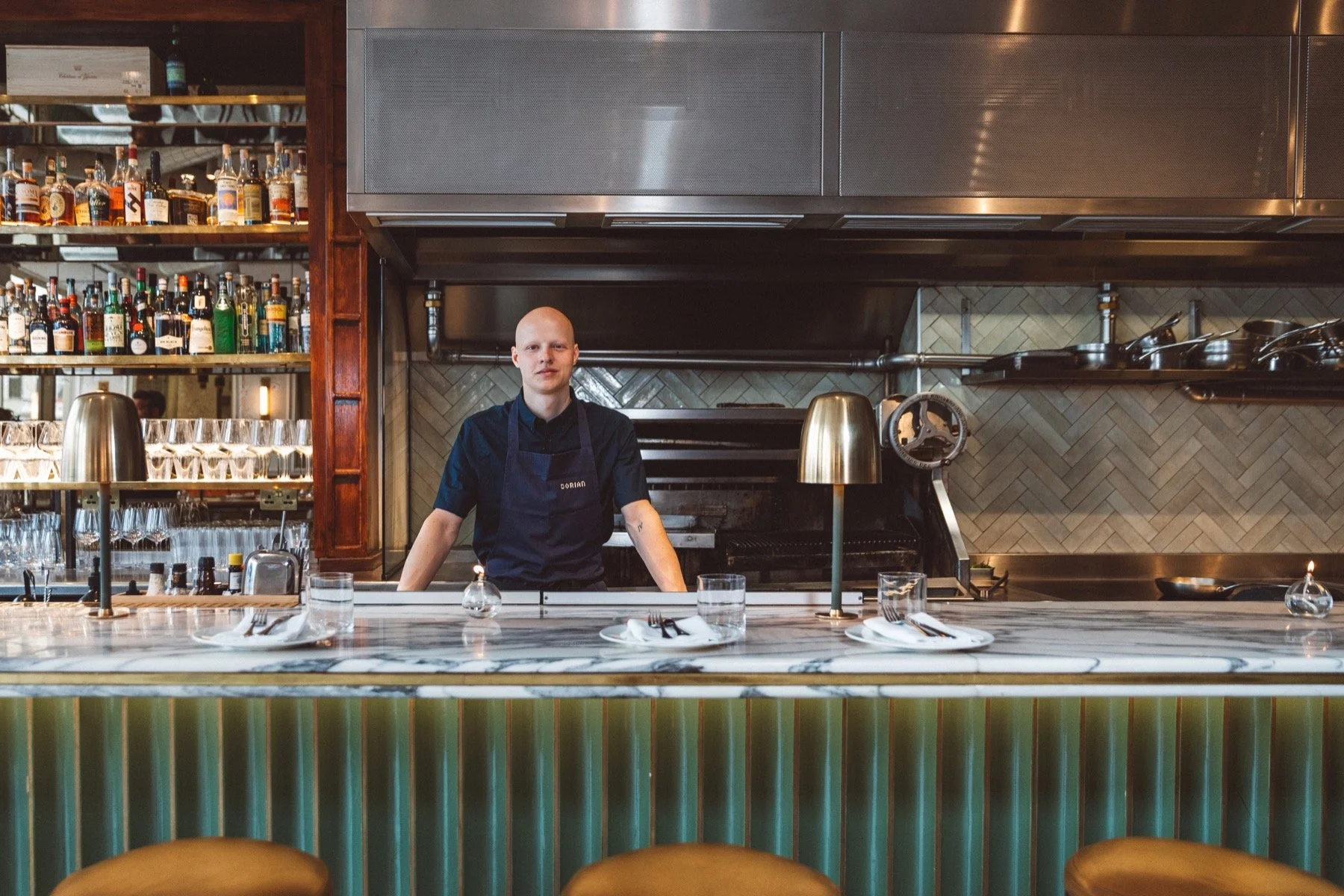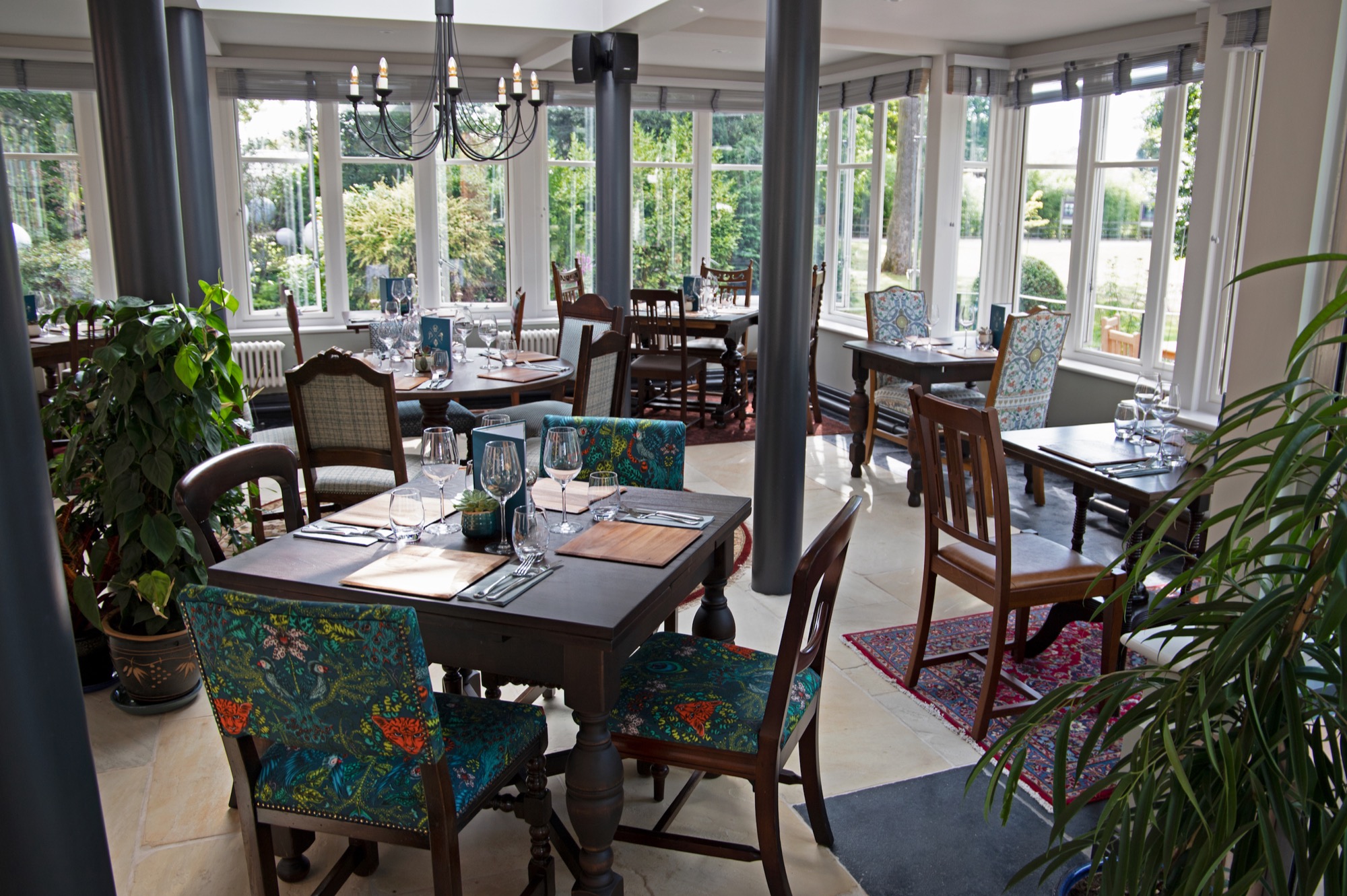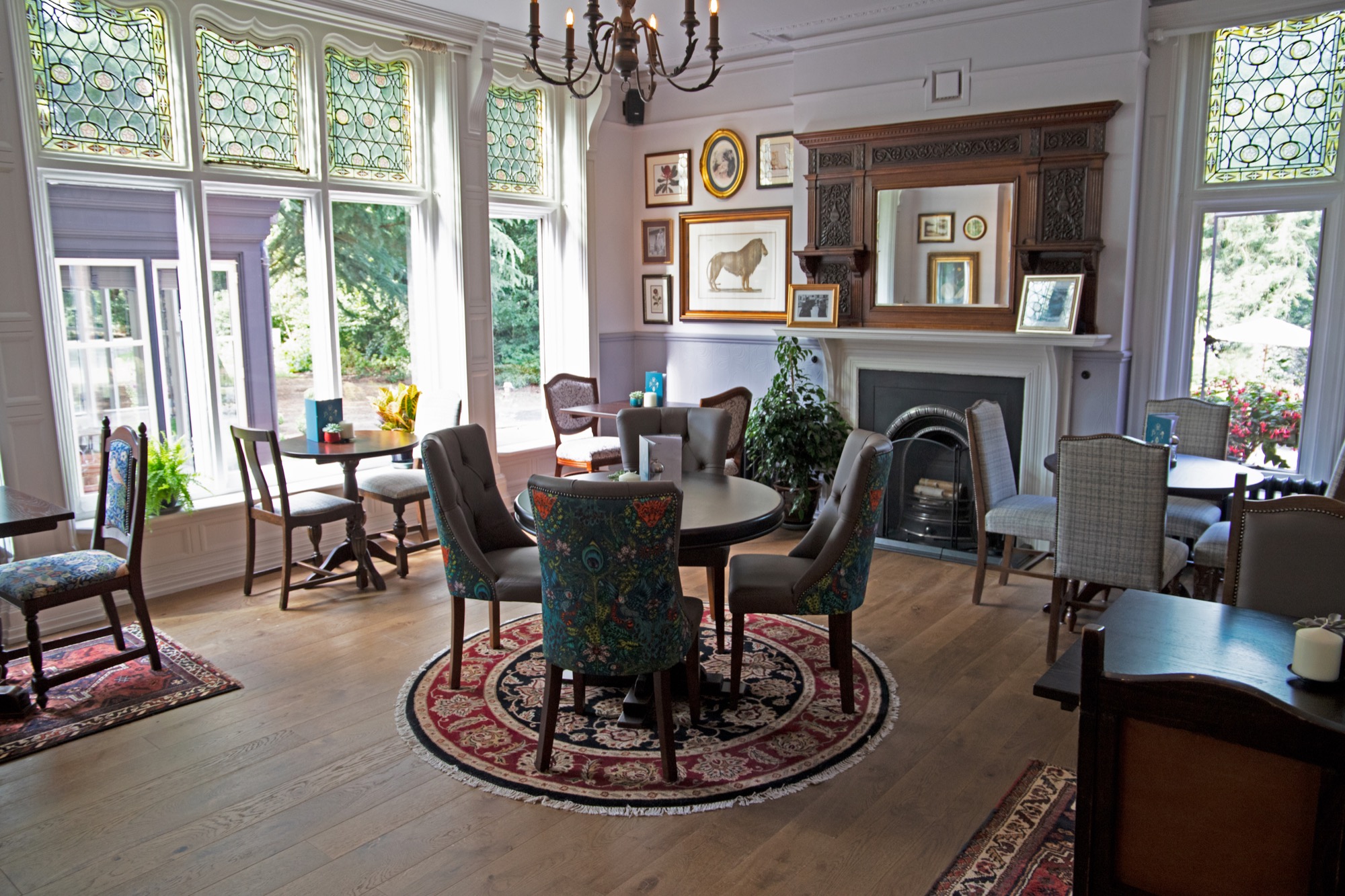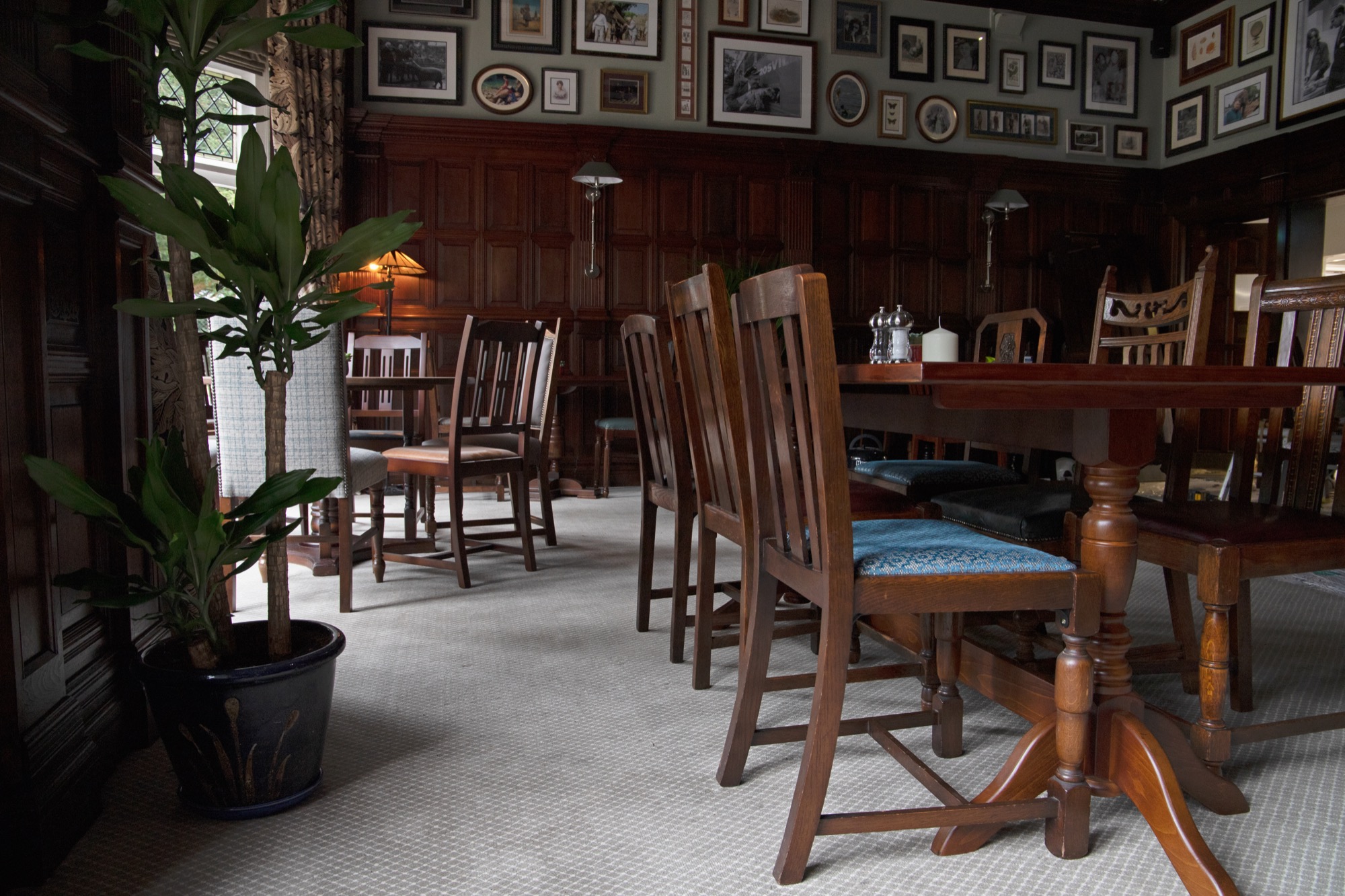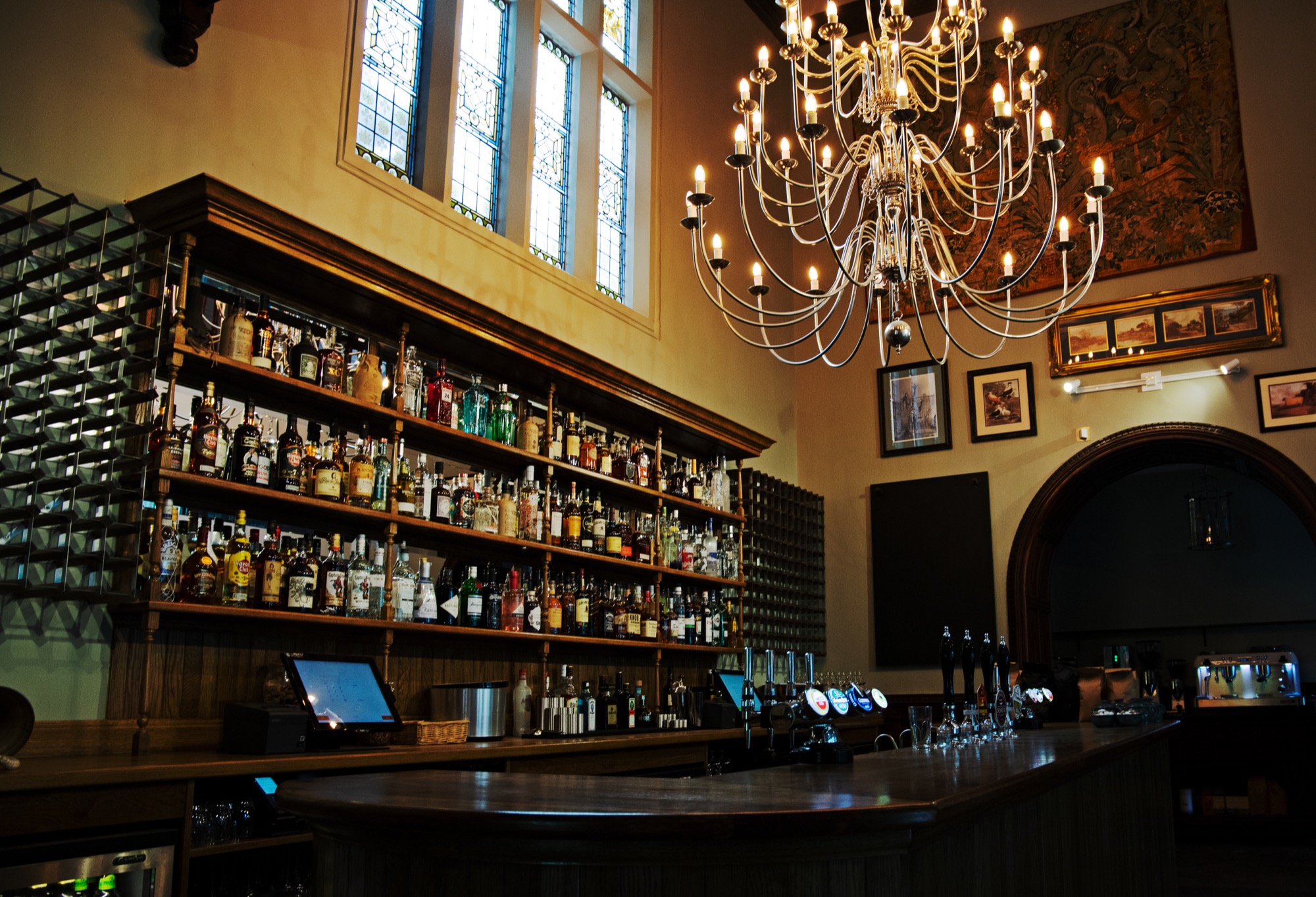Life in Design: Spatialized
Interior design studio Spatialized was tasked with transforming the Grade II listed former home of Chester Zoo’s founder into a stylish gastropub.
Chester Zoo has now opened its brand new gastropub The Oakfield to visitors, following an extensive £3 million restoration of the Victorian building at its heart.
The red brick building was constructed circa 1885 by wealthy tea merchant and former Lord Mayor of Chester, Benjamin Chafers Roberts. After being used as a hospital during the First World War, the zoo’s founder George Mottershead bought the then-dilapidated Oakfield House with seven acres of land in 1930, for £3,500. The zoo would formally open one year later.
The first enclosures were built in the stable yard and the family shared their home with numerous animals over the years, from Rob-Rob the blue and red macaw to Christy the lion, who was hand-reared by the Mottersheads after the death of her mother.
The design studio tasked with transforming the interiors, Spatialized, felt the presence of these former inhabitants keenly. Claw marks remain in some parts of the house - a feature too charming to erase, according to Adam Clayton, associate director of Spatialized. ”It was hard not to be enchanted by the building’s history,” continues Clayton. “It felt right to work with the details we inherited.”
The building’s history and Grade II listed status played a big part in the transformation, which means visitors can now dine in the former family rooms, including Mottershead’s library with its fireplace and wood-panelled walls.
“Preservation is key in instances such as this,” says Clayton. “We were gifted with some beautiful pieces at Oakfield, from fireplaces to cornices, and I’m sure any designer would agree they only improve a scheme. Where new additions or modern pieces were required, we tried to be sympathetic to the building and apply finishes that would suit the space.”
There is one significant new feature, however - a light-filled space dubbed the Garden Room, thanks to its views over the expansive lawn area. “It’s linked to the original building with a seamless glazed extension,” says Clayton. “This sets the modern addition apart from the original premises, so the detail of the beautiful building isn’t hidden or lost. It’s our contemporary take on what the original owners would potentially have done to the house today,” he adds.
As for the colour palette, it remains largely neutral with contemporary greys and greens used throughout. “Stronger tones were used in the hallway areas and boardroom to give a sense of grandeur and occasion, while softer tones have been used in dining areas to create a calming and relaxing atmosphere,” says Clayton. The minimalist tones allow the rich wooden panelling to take centre stage, and also provide a clean backdrop for the artwork.
Indigo Art, a consultancy service which sources, design and manufactures artwork for projects such as this, provided an array of prints and photographs. Generously displayed in varied frame sizes on the walls, these include precious family photos as well as snapshots of famous visitors - a fascinating insight into the zoo’s past.
With the dark panelling prevalent throughout, lighting the rooms well was also an important task. Spatialized worked with Chantelle Lighting, and its 48-arm brushed nickel chandelier creation makes a striking addition to the double-height bar area. “The whole space reads so cohesively that it’s hard to pin down my favourite element, but if pushed, I would have to say the giant chandelier,” Clayton confesses.
Three further eight-arm black chandeliers hang above tables in the restaurant’s Garden Room, complemented by a Tiffany-inspired table and floor lamps. Another unique feature to look out for is the carpet in the boardroom; its intricate pattern was directly inspired by the room’s original stained glass windows.
Meanwhile, the furniture is an intriguing mix of old and new, with dining tables hosting mismatched sets of chairs. “We reclaimed as much as we could, so genuine 1930s and 40s pieces are mixed in with the newer pieces. The wingback chairs were reclaimed and left in their found state, to add to the illusion you were genuinely in the home of the Mottersheads,” says Clayton.
It is this careful consideration for the building’s history as a family home that makes the gastropub such an inviting new addition to the zoo. That, and dining while surrounded by over 20,000 animals.
The building’s history and Grade II listed status played a big part in the transformation, which means visitors can now dine in the former family rooms, including Mottershead’s library with its fireplace and wood-panelled walls.
“Preservation is key in instances such as this,” says Clayton. “We were gifted with some beautiful pieces at Oakfield, from fireplaces to cornices, and I’m sure any designer would agree they only improve a scheme. Where new additions or modern pieces were required, we tried to be sympathetic to the building and apply finishes that would suit the space.”
There is one significant new feature, however - a light-filled space dubbed the Garden Room, thanks to its views over the expansive lawn area. “It’s linked to the original building with a seamless glazed extension,” says Clayton. “This sets the modern addition apart from the original premises, so the detail of the beautiful building isn’t hidden or lost. It’s our contemporary take on what the original owners would potentially have done to the house today,” he adds.
As for the colour palette, it remains largely neutral with contemporary greys and greens used throughout. “Stronger tones were used in the hallway areas and boardroom to give a sense of grandeur and occasion, while softer tones have been used in dining areas to create a calming and relaxing atmosphere,” says Clayton. The minimalist tones allow the rich wooden panelling to take centre stage, and also provide a clean backdrop for the artwork.
Indigo Art, a consultancy service which sources, design and manufactures artwork for projects such as this, provided an array of prints and photographs. Generously displayed in varied frame sizes on the walls, these include precious family photos as well as snapshots of famous visitors - a fascinating insight into the zoo’s past.
With the dark panelling prevalent throughout, lighting the rooms well was also an important task. Spatialized worked with Chantelle Lighting, and its 48-arm brushed nickel chandelier creation makes a striking addition to the double-height bar area. “The whole space reads so cohesively that it’s hard to pin down my favourite element, but if pushed, I would have to say the giant chandelier,” Clayton confesses.
Three further eight-arm black chandeliers hang above tables in the restaurant’s Garden Room, complemented by a Tiffany-inspired table and floor lamps. Another unique feature to look out for is the carpet in the boardroom; its intricate pattern was directly inspired by the room’s original stained glass windows.
Meanwhile, the furniture is an intriguing mix of old and new, with dining tables hosting mismatched sets of chairs. “We reclaimed as much as we could, so genuine 1930s and 40s pieces are mixed in with the newer pieces. The wingback chairs were reclaimed and left in their found state, to add to the illusion you were genuinely in the home of the Mottersheads,” says Clayton.
It is this careful consideration for the building’s history as a family home that makes the gastropub such an inviting new addition to the zoo. That, and dining while surrounded by over 20,000 animals.
The Oakfield at Chester Zoo
T: 01244 389710 | w: theoakfield.org
Opening Times | Monday - Sunday : 10am - 4pm
